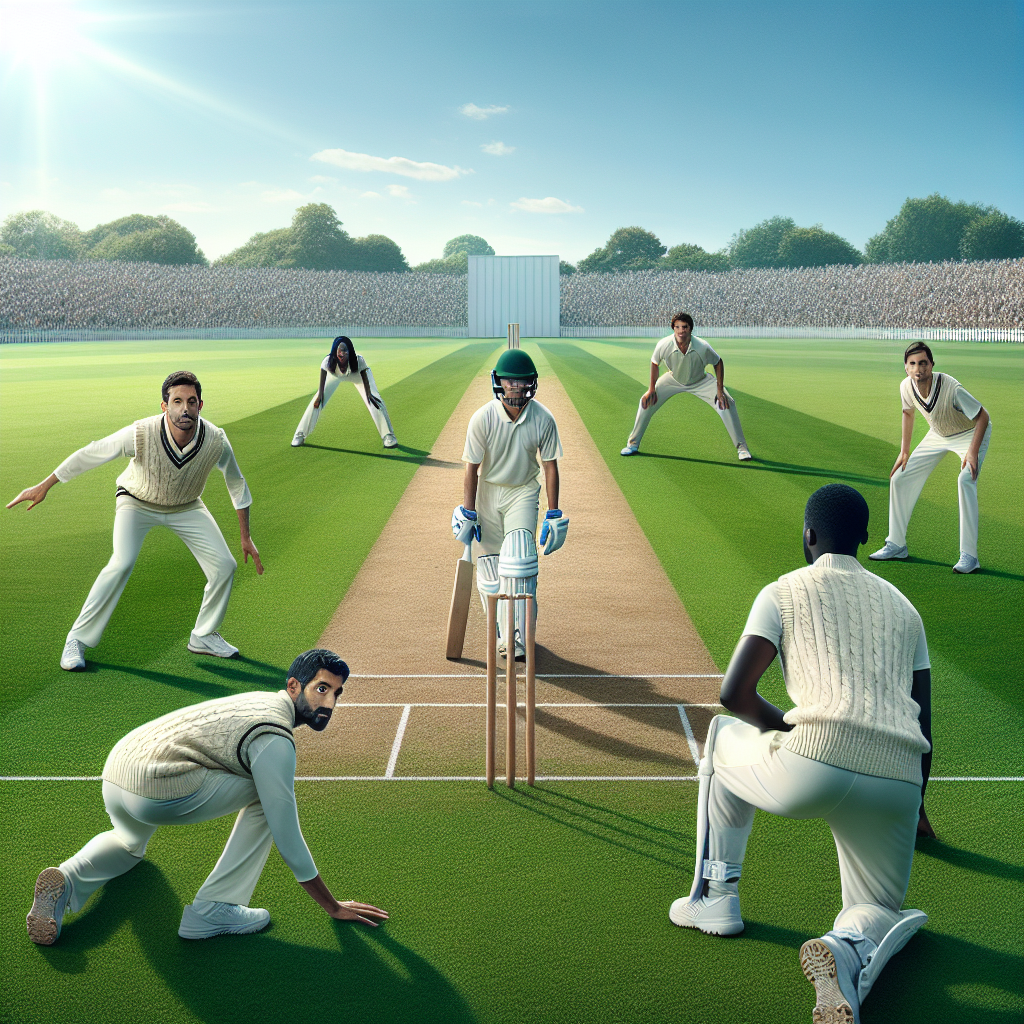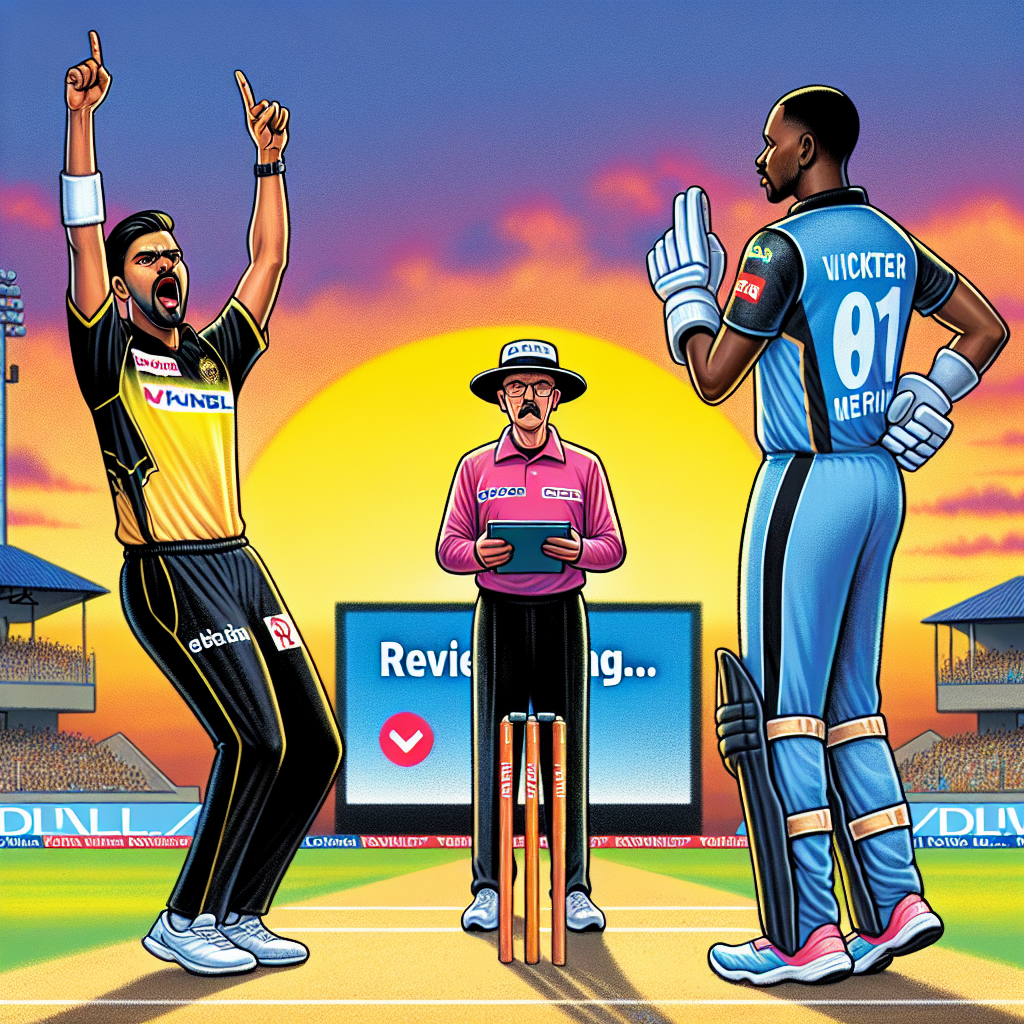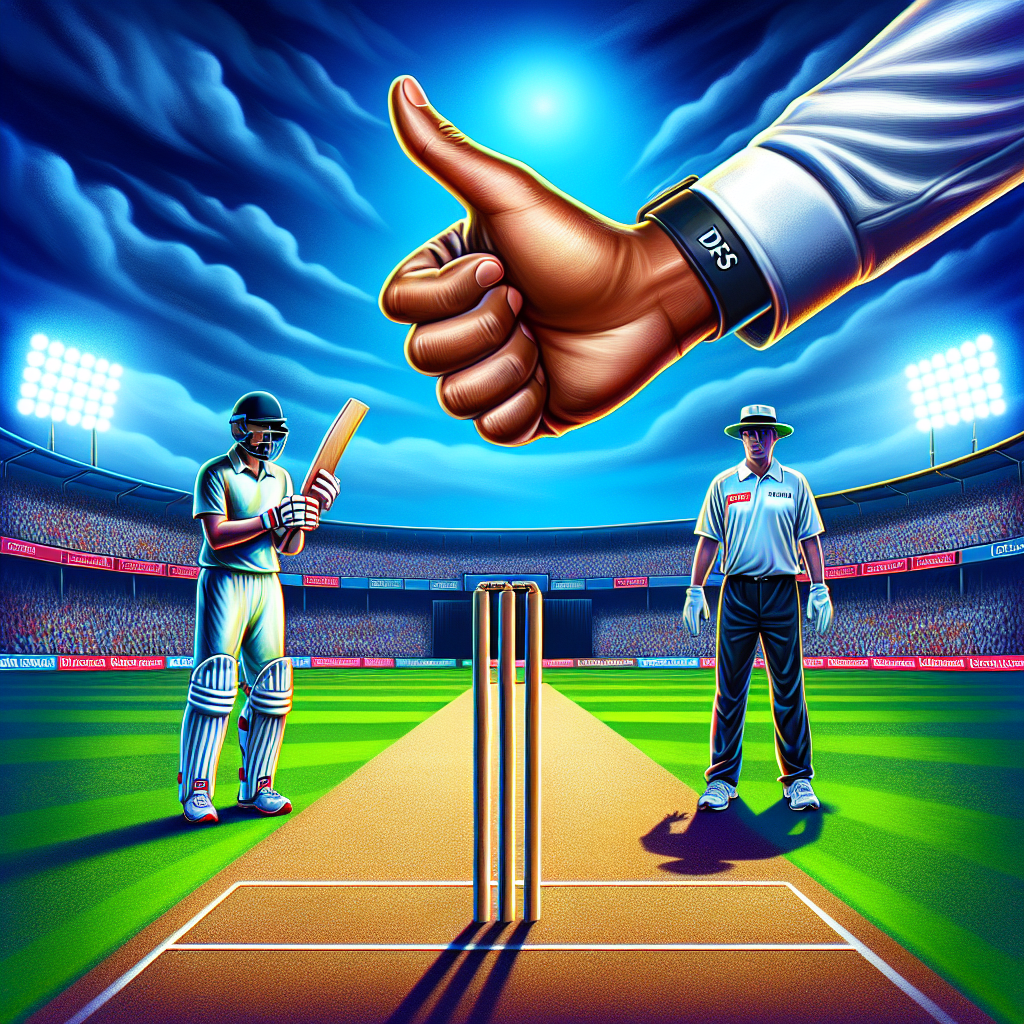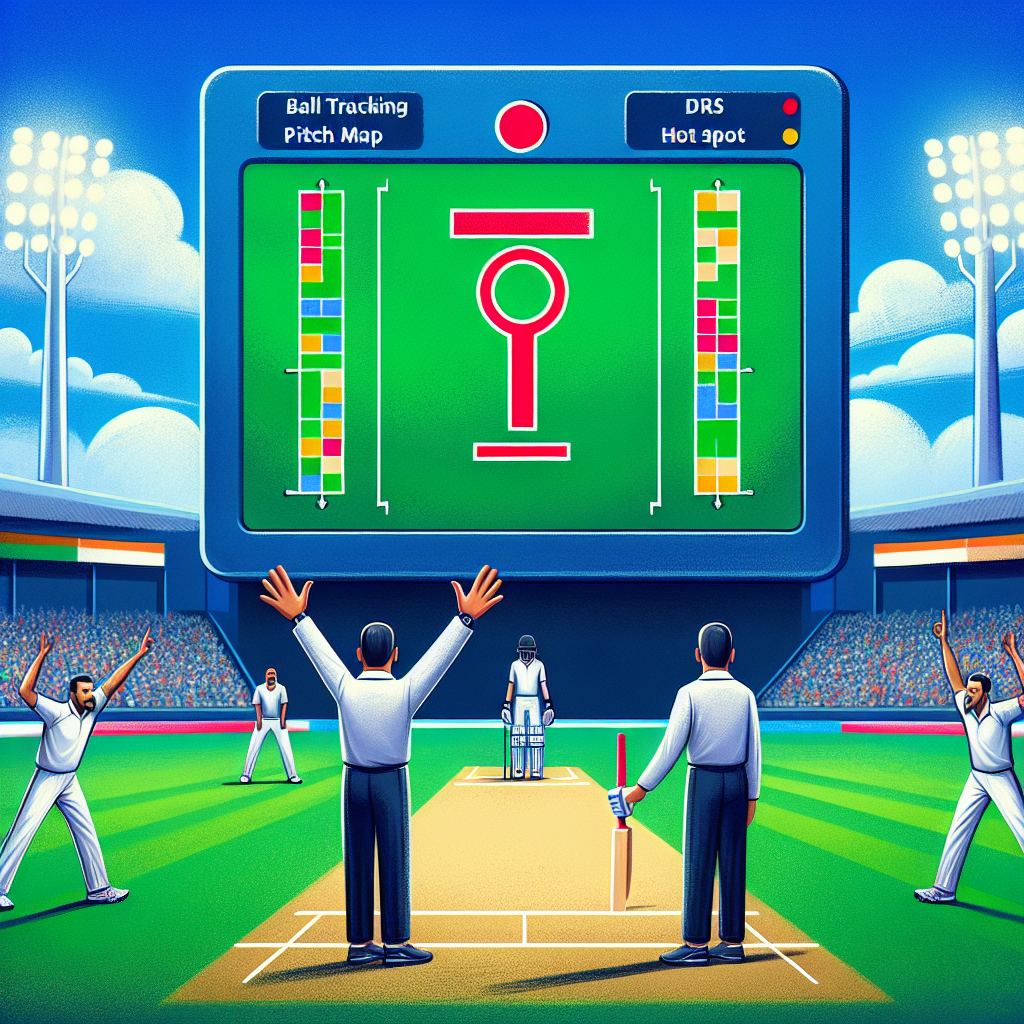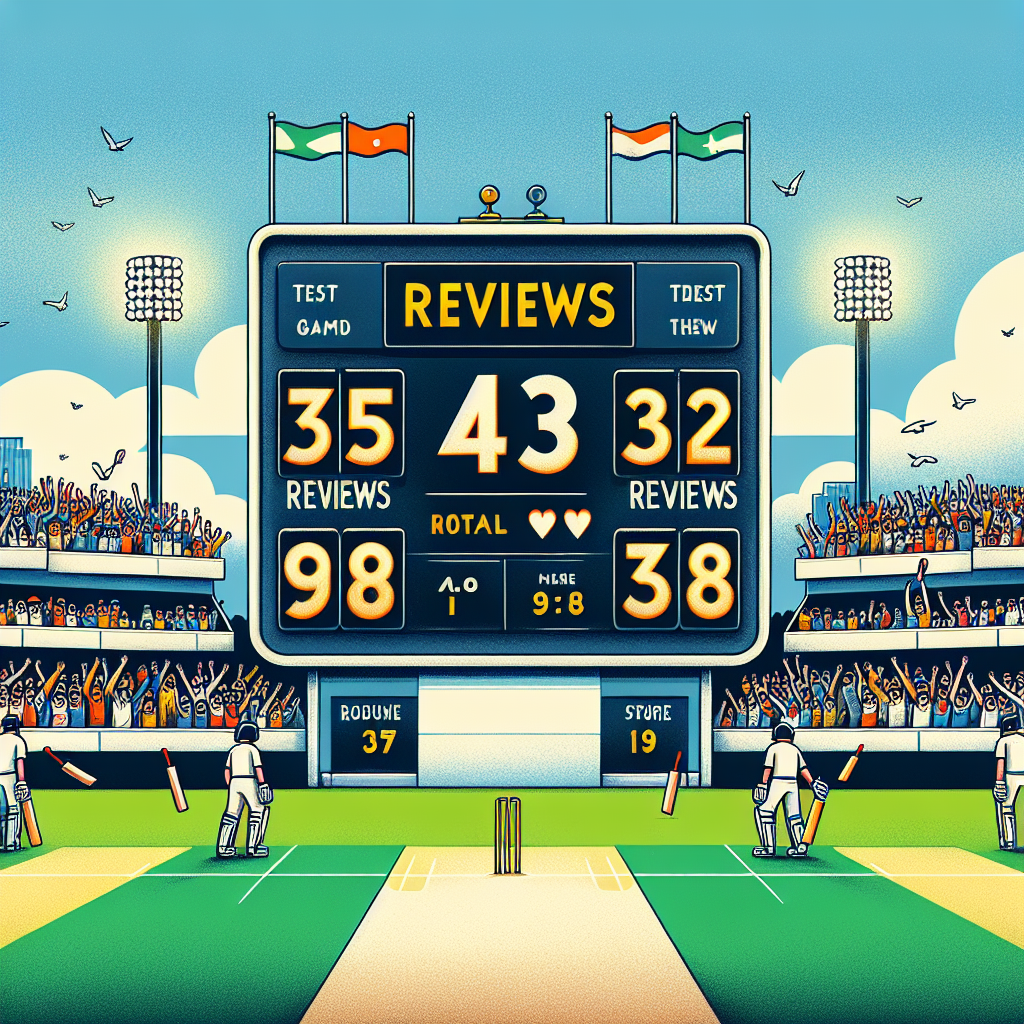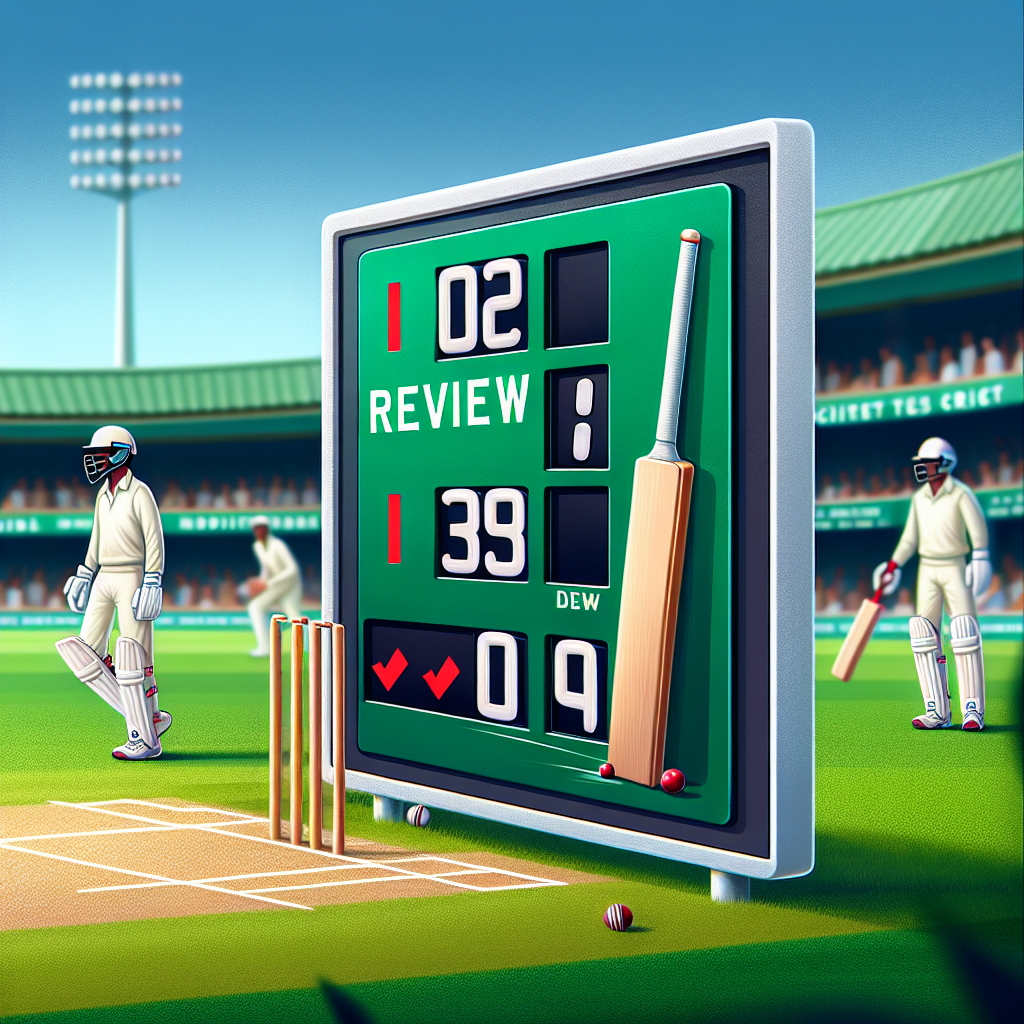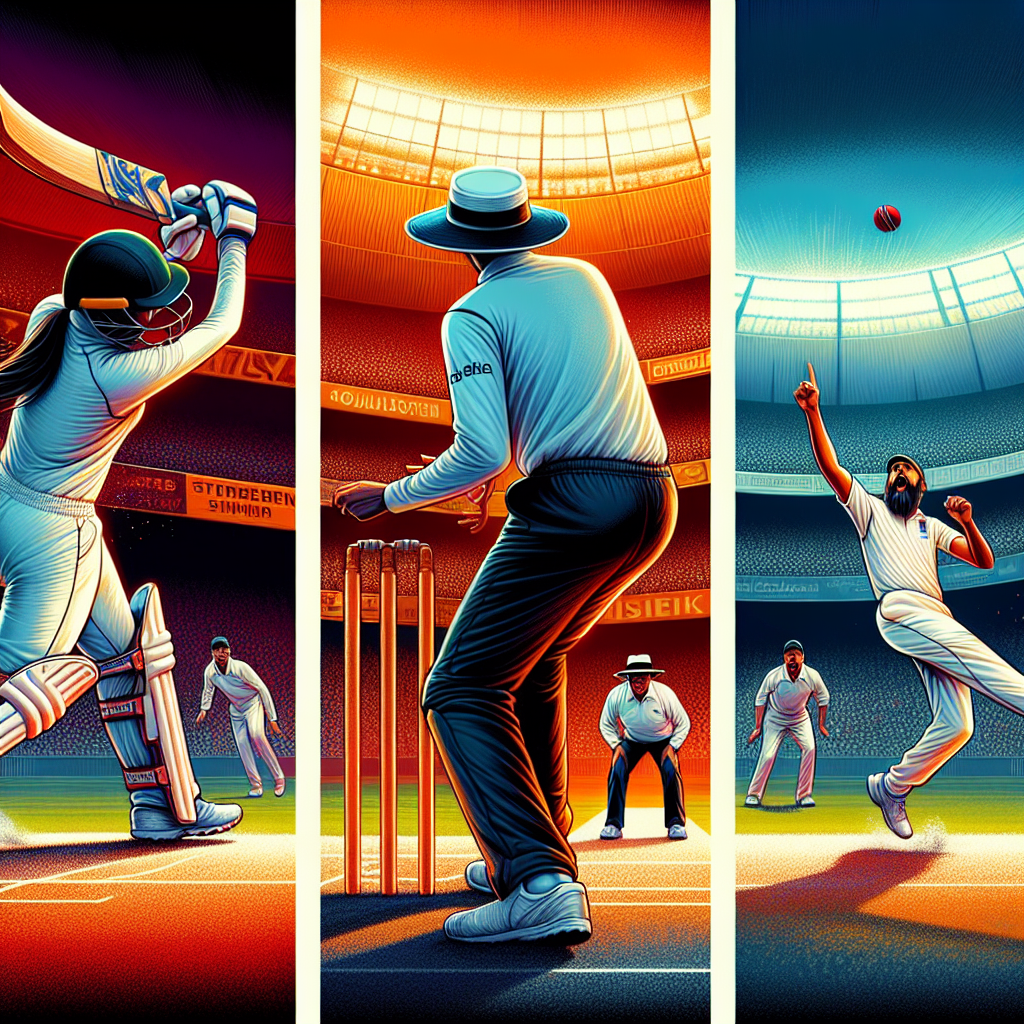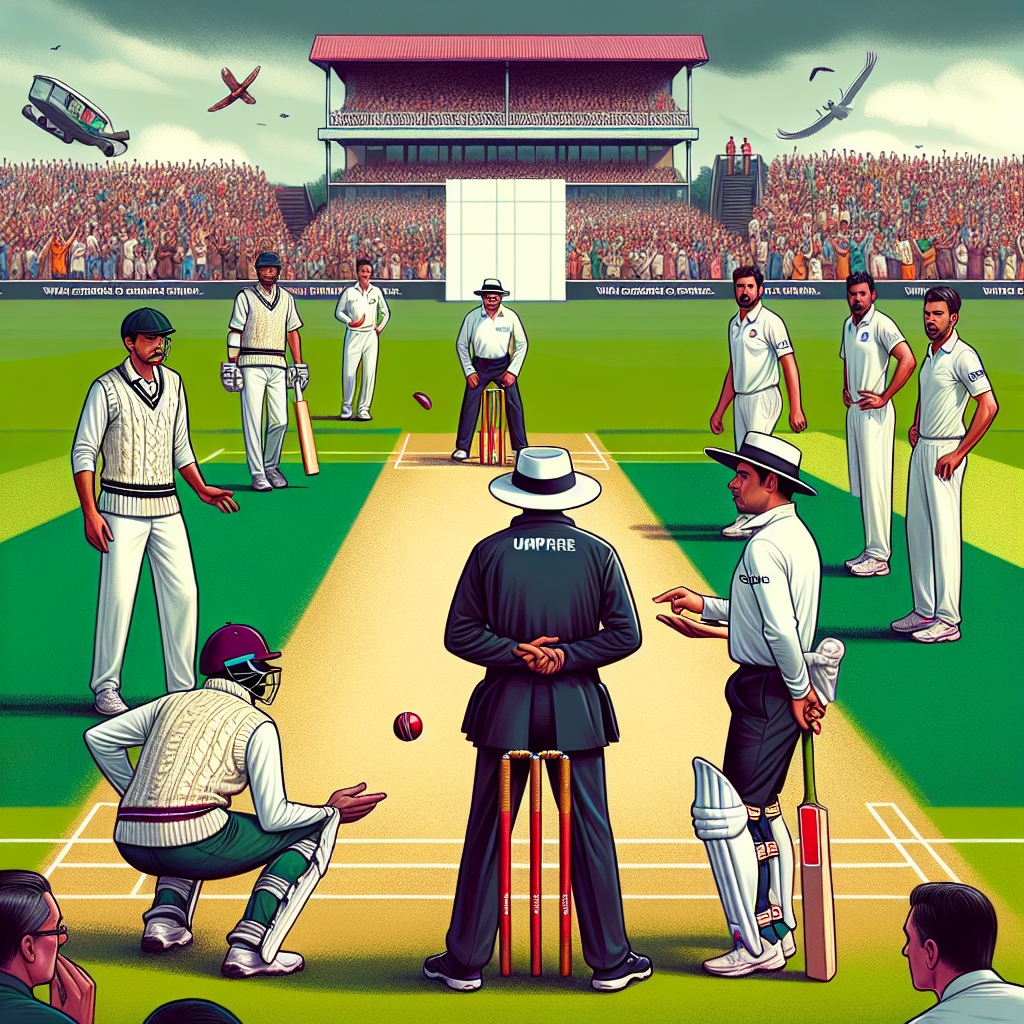Exploring the Life of Sadagopan Ramesh’s Wife: A Journey Beyond the Cricket Field

Sadagopan Ramesh, a name synonymous with Indian cricket, has left an indelible mark on the sport with his elegant batting style and significant contributions to the Indian cricket team. However, behind every successful man is a woman who supports and inspires him. In this article, we delve into the life of Sadagopan Ramesh’s wife, exploring her role, influence, and contributions beyond the cricket field. This comprehensive exploration aims to provide valuable insights into her life, her impact on Ramesh’s career, and her own personal achievements.
Who is Sadagopan Ramesh?
Before we delve into the life of Sadagopan Ramesh’s wife, it is essential to understand who Sadagopan Ramesh is. Born on October 16, 1975, in Chennai, India, Ramesh is a former Indian cricketer known for his left-handed batting prowess. He made his Test debut for India in 1999 against Pakistan and quickly became a key player in the Indian cricket team. Ramesh’s career spanned from 1999 to 2001, during which he played 19 Test matches and 24 One Day Internationals (ODIs).
The Role of a Cricketer’s Wife
The life of a cricketer’s wife is often overshadowed by the fame and glamour associated with the sport. However, their role is crucial in providing emotional support, stability, and balance to their partners. A cricketer’s wife often manages the household, takes care of family responsibilities, and provides a sense of normalcy amidst the hectic schedules and pressures of international cricket.
Sadagopan Ramesh’s Wife: A Pillar of Support
Sadagopan Ramesh’s wife, whose name is not widely publicized, has been a steadfast pillar of support throughout his cricketing career and beyond. Her influence on Ramesh’s life and career is profound, providing him with the strength and encouragement needed to excel in the competitive world of cricket.
Emotional Support and Stability
One of the most significant contributions of Ramesh’s wife is the emotional support she provides. Cricket, being a highly demanding sport, requires players to be away from home for extended periods. During these times, the emotional stability provided by a supportive partner is invaluable. Ramesh’s wife has been instrumental in ensuring that he remains focused and motivated, even during challenging times.
Managing Family Responsibilities
While Ramesh was busy with his cricketing commitments, his wife took on the responsibility of managing the household and family affairs. This allowed Ramesh to concentrate on his game without worrying about domestic issues. Her ability to efficiently manage family responsibilities has been a key factor in Ramesh’s successful career.
Beyond the Cricket Field: Personal Achievements
While much of the focus is often on the cricketer, it is essential to recognize the personal achievements and contributions of their spouses. Sadagopan Ramesh’s wife has her own set of accomplishments that deserve recognition.
Involvement in Social Causes
Ramesh’s wife has been actively involved in various social causes, using her platform to make a positive impact on society. Her involvement in charitable activities and community service highlights her commitment to giving back to the community and making a difference in the lives of others.
Balancing Personal and Professional Life
Balancing personal and professional life is a challenge faced by many, and Ramesh’s wife is no exception. Despite the demands of being a cricketer’s wife, she has successfully managed to pursue her own interests and career aspirations. Her ability to balance these aspects of her life serves as an inspiration to many.
The Impact of a Supportive Partner on a Cricketer’s Career
The influence of a supportive partner on a cricketer’s career cannot be overstated. A stable and supportive home environment allows cricketers to focus on their game and perform at their best. Sadagopan Ramesh’s wife has played a crucial role in creating such an environment, contributing significantly to his success on the field.
Case Study: The Success of Indian Cricketers with Supportive Spouses
Several Indian cricketers have credited their success to the unwavering support of their spouses. For instance:
- MS Dhoni: The former Indian captain has often spoken about the support he receives from his wife, Sakshi Dhoni, in managing his personal and professional life.
- Virat Kohli: Indian cricket captain Virat Kohli has acknowledged the positive influence of his wife, Anushka Sharma, on his career and personal growth.
- Sachin Tendulkar: The legendary cricketer has credited his wife, Anjali Tendulkar, for being his support system throughout his illustrious career.
These examples highlight the significant impact that a supportive partner can have on a cricketer’s career, and Sadagopan Ramesh’s wife is no exception.
Conclusion: Celebrating the Unsung Heroes
In conclusion, the life of Sadagopan Ramesh’s wife is a testament to the vital role that spouses play in the lives of cricketers. Her unwavering support, emotional stability, and personal achievements have contributed significantly to Ramesh’s success on and off the field. While the spotlight often shines on the cricketers, it is essential to recognize and celebrate the unsung heroes who stand by their side, providing strength and inspiration.
As we explore the life of Sadagopan Ramesh’s wife, we gain valuable insights into the challenges and triumphs faced by cricketers’ spouses. Their contributions extend beyond the cricket field, making a positive impact on their families and society. By acknowledging and appreciating their efforts, we celebrate the true essence of partnership and support in the world of sports.

